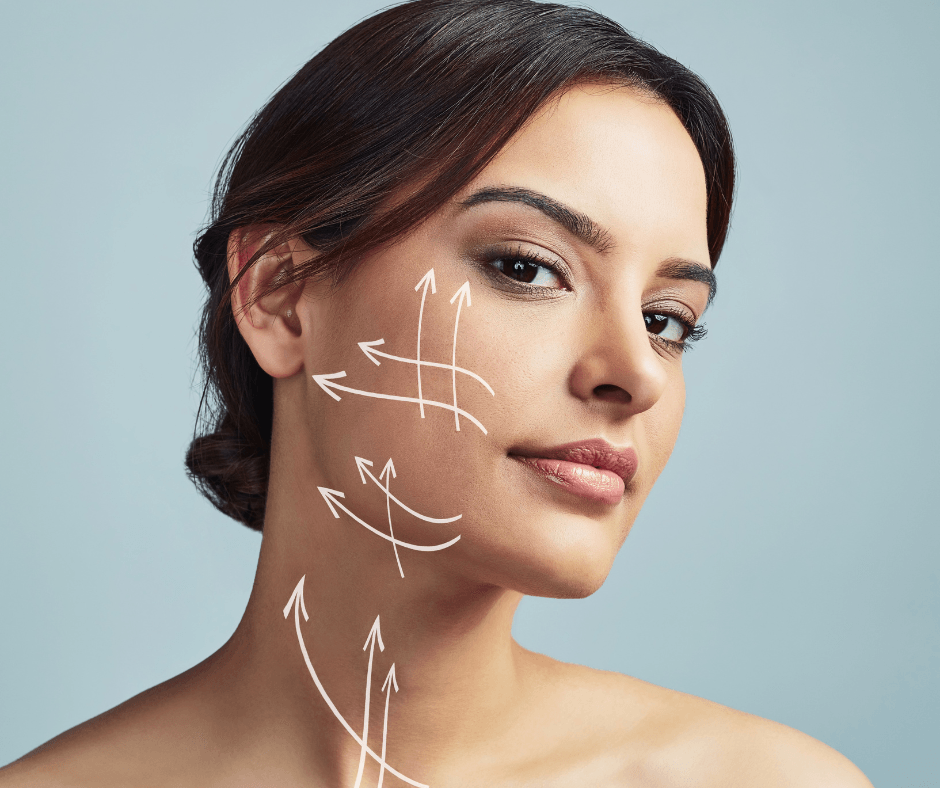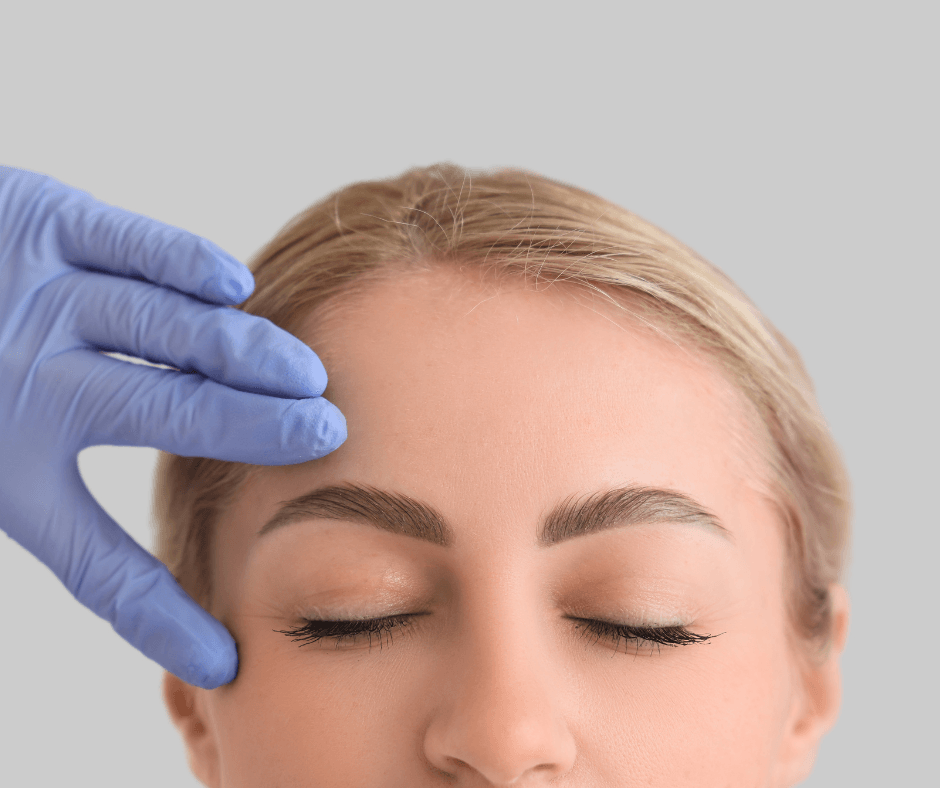
How to Stop Facial Swelling Fast
Swelling is common after a cosmetic facial surgery like a facelift, neck lift, blepharoplasty, and rhinoplasty. However, managing swelling can be challenging. But don't worry because you can reduce facial swelling and speed up your recovery with the right steps. In this post, we'll go over how to stop facial swelling and bruising after a facelift. If you've recently undergone a facelift, following these tips helps you feel more comfortable and heal faster. How to Reduce Facial Swelling on the Face Fast Facial swelling typically peaks within the first 48 hours after surgery and starts to subside after a week or so. However, you can take action to help minimise it and speed up the healing process. Here's how to reduce facial swelling on the face fast: 1. Use Ice or Cold Packs You've probably seen athletes use ice packs for injuries, and it's no different for facial surgery. Applying cold to the swollen area helps reduce inflammation and pain. For the first 48 to 72 hours, use an ice pack wrapped in a cloth to avoid direct contact with your skin. Apply it for 10 to 15 minutes every hour to manage swelling and discomfort. 2. Keep Your Head Elevated The position of your head plays a big role in managing facial swelling. Even when you sleep, keep your head raised using pillows or an adjustable recliner. This allows fluids to drain away from the surgical site, preventing extra swelling. Try to sleep at a 45-degree angle if you can. 3. Avoid Hot Showers While hot showers might be relaxing, they can increase swelling. Avoid hot water for the first few days after surgery, as heat can dilate blood vessels and worsen facial swelling. Opt for lukewarm water when washing your face or showering. 4. Apply a Warm Compress After 48 Hours Once the initial swelling has started to go down (after 48 to 72 hours), you can switch from ice to a warm compress. This helps stimulate blood flow and promotes healing. Use a warm, moist towel or a heating pad on a low setting for about 15 to 20 minutes at a time. This can help reduce swelling on the face quickly and encourage quicker recovery. 5. Eat a Healthy, Low-Salt Diet Your diet plays a role in reducing swelling. Excess salt can cause the body to retain water, which can worsen facial swelling. Stick to a balanced diet with plenty of fresh vegetables, lean proteins, and whole grains. Foods rich in Vitamin K, like spinach and kale, can help reduce swelling. Also, stay hydrated by drinking plenty of water to keep your body functioning well during recovery. 6. Avoid Smoking and Drinking Alcohol Smoking and alcohol can slow down the healing process and worsen swelling. It's important to stop smoking at least eight weeks before surgery and refrain from smoking and drinking alcohol during recovery. These habits can impair your immune system, increase swelling, and raise the risk of complications. 7. Take Care of Your Stitches If you have stitches or bandages, follow your doctor's instructions for cleaning and changing them. Proper wound care helps prevent infections that could worsen swelling. If your doctor gave you any special ointments or medications, be sure to use them as directed. How to Reduce Bruising on the Face Fast While facial swelling is a natural part of the healing process, there are things you can do to reduce bruising and feel more comfortable. Check them out below: 1. Massage Once the swelling has gone down enough, a gentle massage can help move fluids away from the affected areas. However, only do this after your doctor gives you the go-ahead. Massaging too soon could make things worse. 2. Try Arnica or Vitamin K Cream Arnica is a natural remedy known to reduce bruising and swelling. You can apply arnica gel to the swollen areas a few times a day, starting after the first 48 hours. Similarly, Vitamin K cream can help speed up healing and reduce bruising. These treatments can be found in most drugstores. 3. Rest Well Rest is one of the most important factors in reducing bruising fast. Avoid strenuous activities and exercise, as they can increase blood flow to the face and make swelling worse. Take it easy during the first few weeks to give your body the time it needs to heal. 4. Wear Compression Garments Some surgeons may recommend wearing a compression garment to reduce bruising after facial surgery. These garments help promote circulation and prevent excess fluid buildup. If your doctor suggests one, follow their advice on when and how long to wear it. How Long Does Facial Swelling Last? Facial swelling is a temporary issue that should start to subside within the first week after surgery. Typically, the worst of the swelling will last for about two to three days, but it can take up to two weeks for it to go away completely. Bruising often accompanies swelling but will also fade within two weeks. If you've had stitches, they may need to be removed about a week after surgery. Your doctor will provide you with a follow-up plan to ensure everything is healing properly. When to See a Doctor If you experience excessive swelling, severe pain, or difficulty breathing, it's important to contact your doctor immediately. These could be signs of an infection or an allergic reaction to medications or anaesthesia. Regular check-ups with your surgeon also ensure that everything is healing as expected. Dr. De Silva uses strategic techniques to minimise swelling and bruising after a facelift. Conclusion Swelling after facial surgery is normal, but managing it effectively helps you feel better and heal faster. By following the steps above, you can reduce facial swelling and speed up your recovery process. From using ice packs and keeping your head elevated to avoiding smoking and alcohol, these simple tips can make a big difference. If you're looking for more personalised advice on how to stop facial swelling, don't hesitate to reach out to your surgeon for recommendations tailored to your specific procedure. Remember, proper aftercare and patience are key to a smooth recovery and a beautiful final result. Are you considering a cosmetic facial procedure in London? Dr. De Silva's clinic in Central London, Harley Street, W1, is one of the best. Book a consultation here to discuss your options and get a personalised treatment plan.





